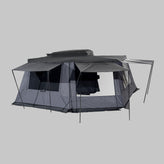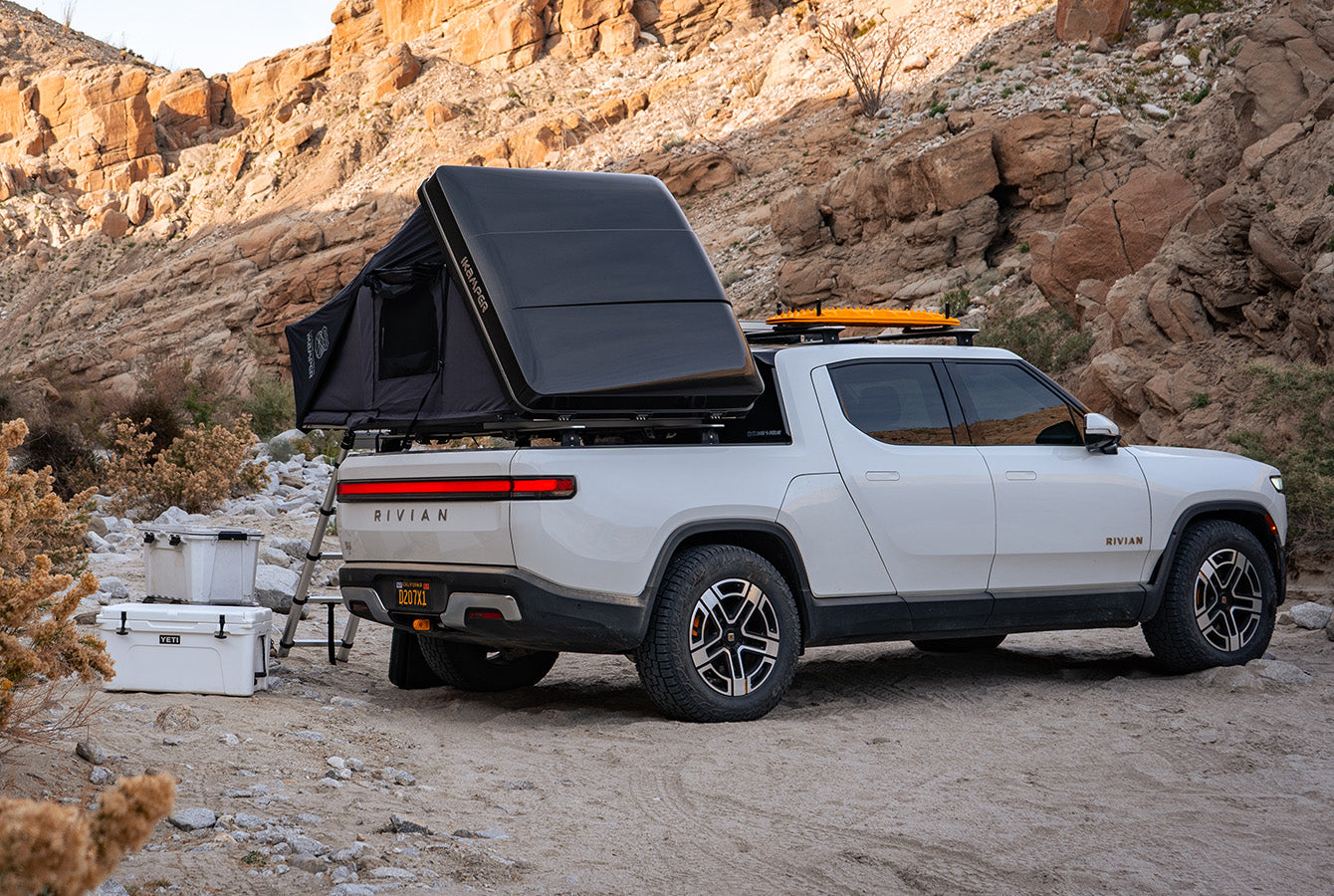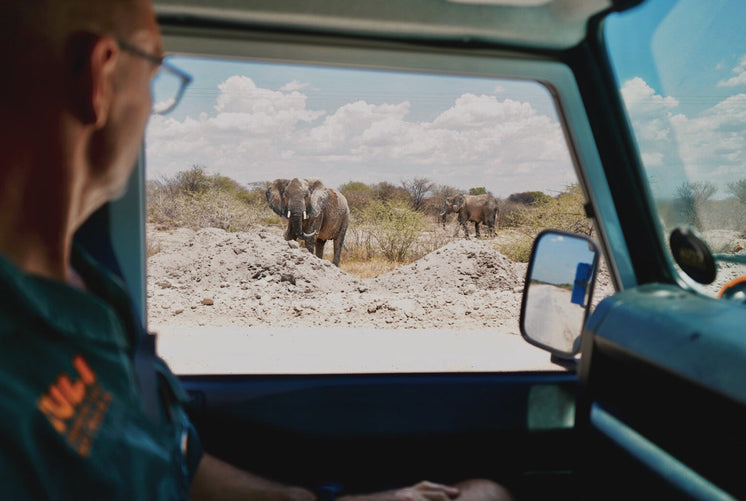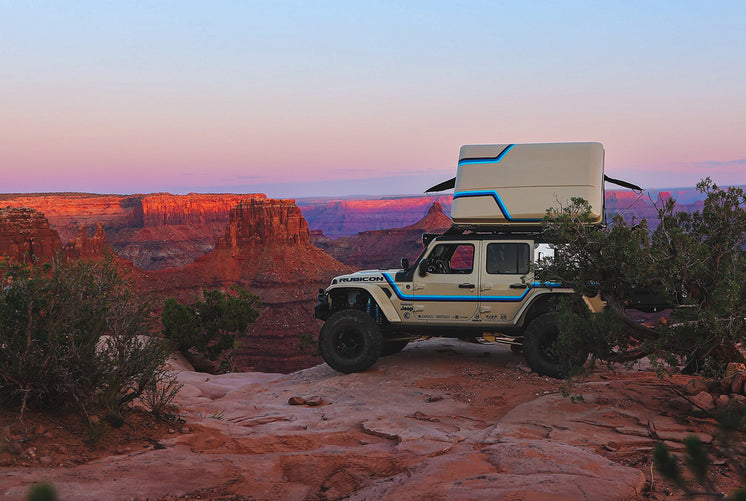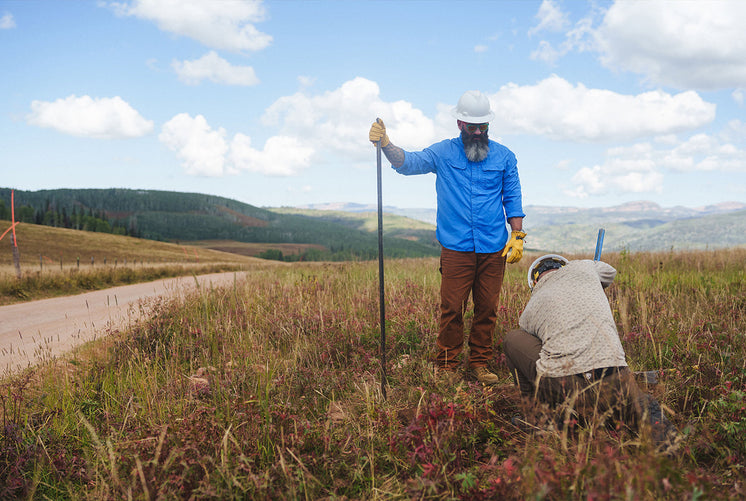Guide to Roof Top Tent Camping in an Electric Vehicle
On a cool night in the Mojave Desert, endless stars blanketed us while the crackle of fire echoed off the rock wall behind our camp. We had just finished dinner, and everyone was taking a moment to soak up the stunning night sky. This was one of those magical spots that can only be found by going off the beaten path and exploring open wilderness. We fell asleep gazing at the stars through the Skyview window in the iKamper.
We woke up to a warm, sunny desert morning surrounded by Joshua trees. Then we spent the day on the Mojave Road trail, hiked to a lava tube, and explored some abandoned farms.
Later that day, we found a paved road again and started heading home. I couldn’t help but think how cool it was that we had just spent three days in the Southern California desert, and our electric truck still had plenty of range to make it to a charging station. There are tons of epic trips ahead, and I can’t wait to continue exploring the limits of overlanding with an electric vehicle.

I’ve been overlanding and camping with my Rivian for almost a year now. When I first bought it, I decided to keep my Jeep Wrangler because I wasn’t sure the Rivian could keep up with the type of trips I wanted to do. Well, let’s just say the Jeep is getting pretty jealous at this point. I’ve taken the Rivian on every single trip over the past year.
I will be the first to admit that there are still some trails and remote areas that, as of this moment, just aren’t accessible by electric vehicles. For now. But the reality is, the trips that exceed range are the exception, and the upsides outweigh the few missed opportunities.
Manufacturers developing EVs have been innovating aggressively to one-up each other with each new model. If the only thing holding you back from choosing an electric vehicle is range limitations, you can expect battery tech and charging infrastructure to improve from here out, along with cutting-edge features to win you over. So if you are ready to take on a new type of adventure, here are a few tips to get started.
Find a cool spot!
The first step in any overlanding journey is to find an awesome place that you want to explore. Maybe a few places. There are many ways to seek out locations for these trips, and iKamper has a few great blog posts about finding camping spots


Plan Your Charging
Sure, you can go out on an adventure and find charging along the way, but one of the best ways to avoid range anxiety and enjoy the journey is to plan ahead. Not all charging stations are created equal. Here are a few things to consider:
Speed
Understanding your vehicle’s maximum charging speed, as well as the charging speed of the station, will give you an idea of how long you’ll actually need to charge. A fast charger can have you ready to go in about an hour, but a slow charger could mean staying at the location overnight to fully charge.
Reliability
There are a few good apps out there that have reviews for charging stations, like PlugShare, which can help you find chargers that users are having good experiences with. This is very helpful in making an informed decision on where to charge.
Nearby Amenities
When possible, charge in an area that has food, groceries, or even a point of interest nearby. For example, instead of buying all the groceries for your trip before you leave the house, cover a few hours of driving and let your first charging stop be the opportunity to stock up on food. This approach will go a long way to help the time at each charging stop pass quickly.
That said, be careful not to get caught up in the chase for maximum efficiency. Overlanding is just as much about the journey as the destination. If you find yourself waiting on a charge, take a moment to slow down. Pull out that book you’ve been meaning to read or call a friend to catch up. You could call it “unplugging while plugged in.”


Maximum Range vs. Actual Range
So you’ve got that cool spot picked out, and you’ve identified a couple of charging stations that could work. The next thing to do is plan out your route with an understanding of your electric vehicle’s actual range.
Your ideal maximum range isn’t generally going to be achievable when overlanding. My Rivian has a maximum range of 315 miles, but when I’m off-roading, the efficiency drops, and I average about 230 miles between charges. Just like a gas-powered vehicle, mileage varies on different roadways (city vs highway).
Here are a few factors that will impact your efficiency and range:
- Off-Roading
- Cold Weather
- Trip Length (expect a couple of miles of overnight battery drain)
- Aftermarket Gear
One thing that really impressed me about the Skycamp is that the hard shell is aerodynamically designed. I had experimented with a bulkier soft shell RTT previously, and it had a much bigger impact on my range. When you add gear to your vehicle, be sure to consider aerodynamics, and it can make overlanding more accessible with your EV.


Final Route Planning
With all this information, the final step is to map out your trip. Use the range for your electric vehicle to determine the distance between charging stations and the amount of ground you can realistically cover each day.


Get out and have an adventure
Once you’ve spent a little time doing this prep work, the last step is to get out and enjoy yourself. The beauty of being out in the wild with no engine noise, not paying for gas, feeling connected to nature, and doing something that some people don’t see as possible are just a few rewards that come with EV overlanding.
Stephen Goodrich is a California-based Rivian R1T owner and content creator. Follow (Charge Overland) to see more of his electric-powered adventures across the West Coast.










